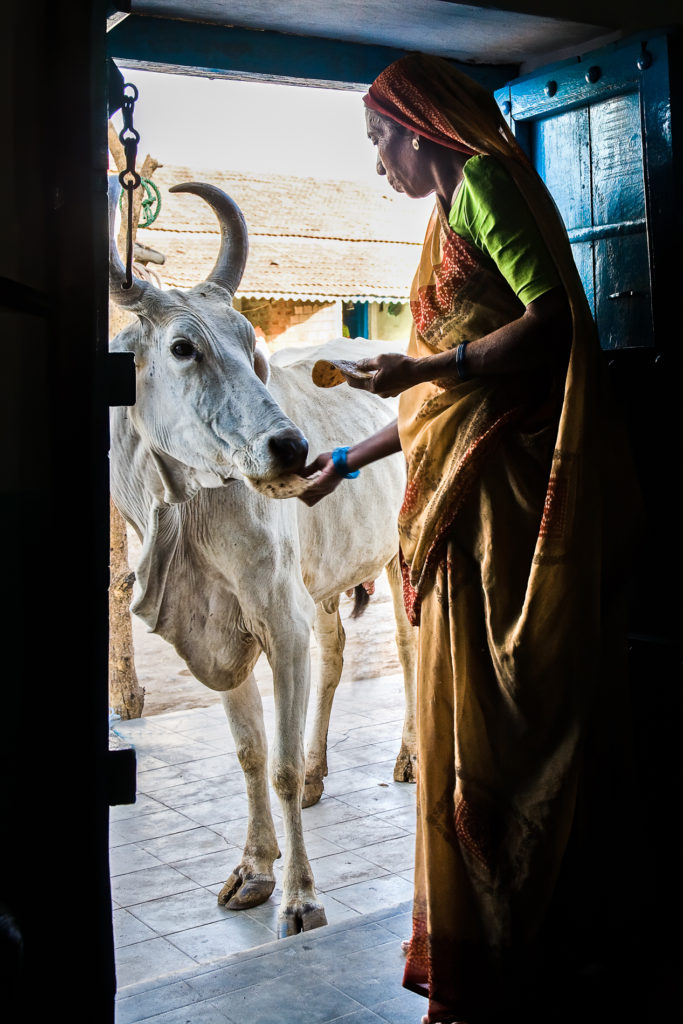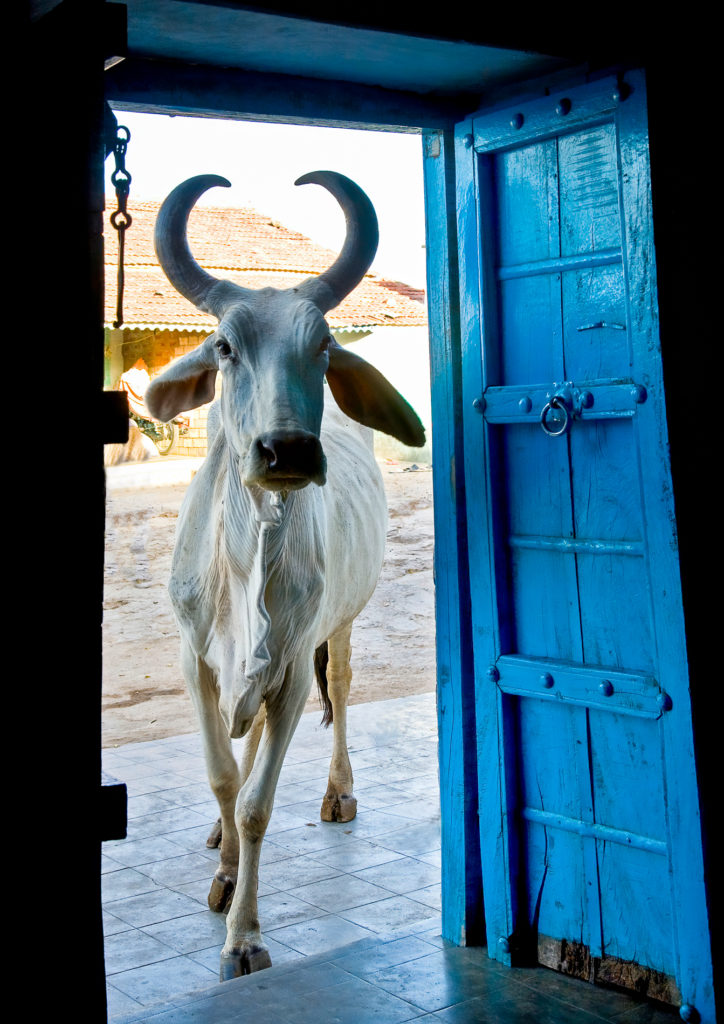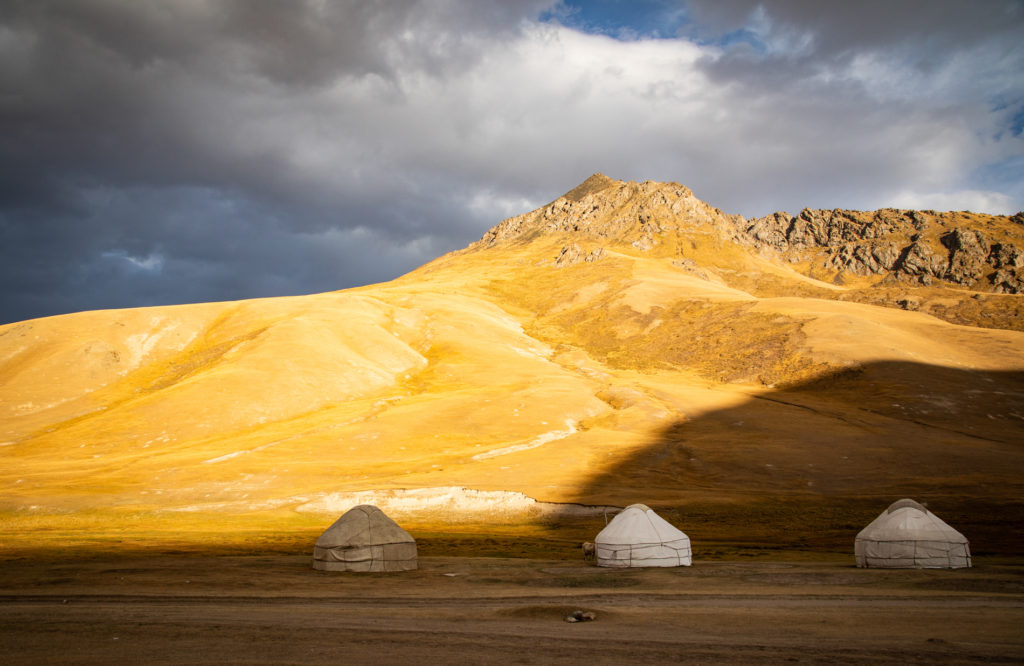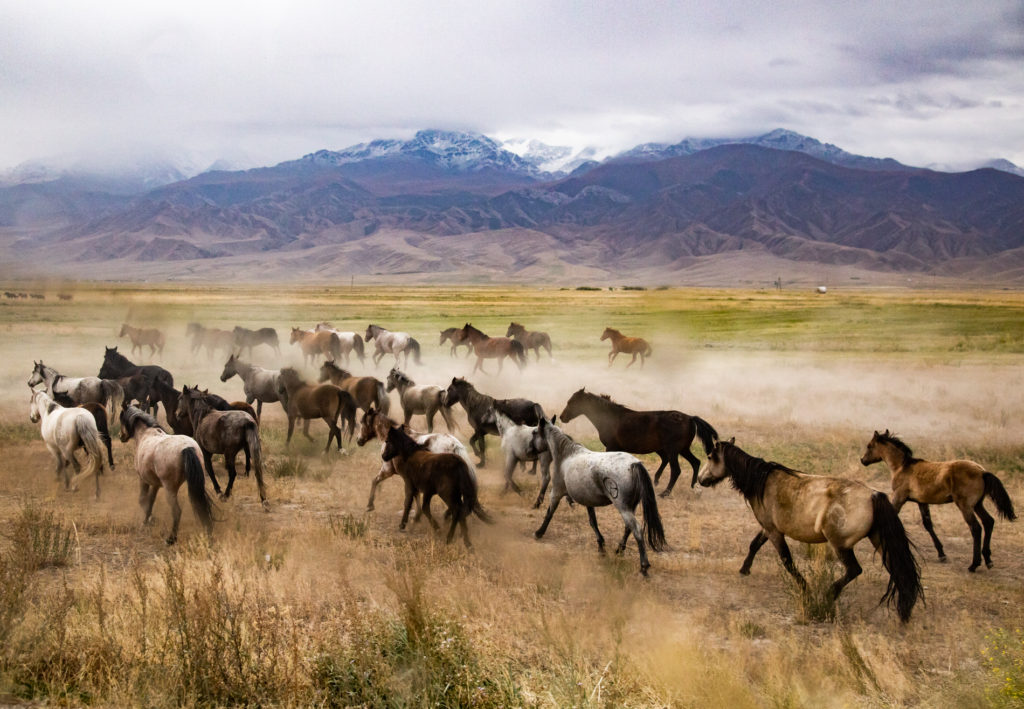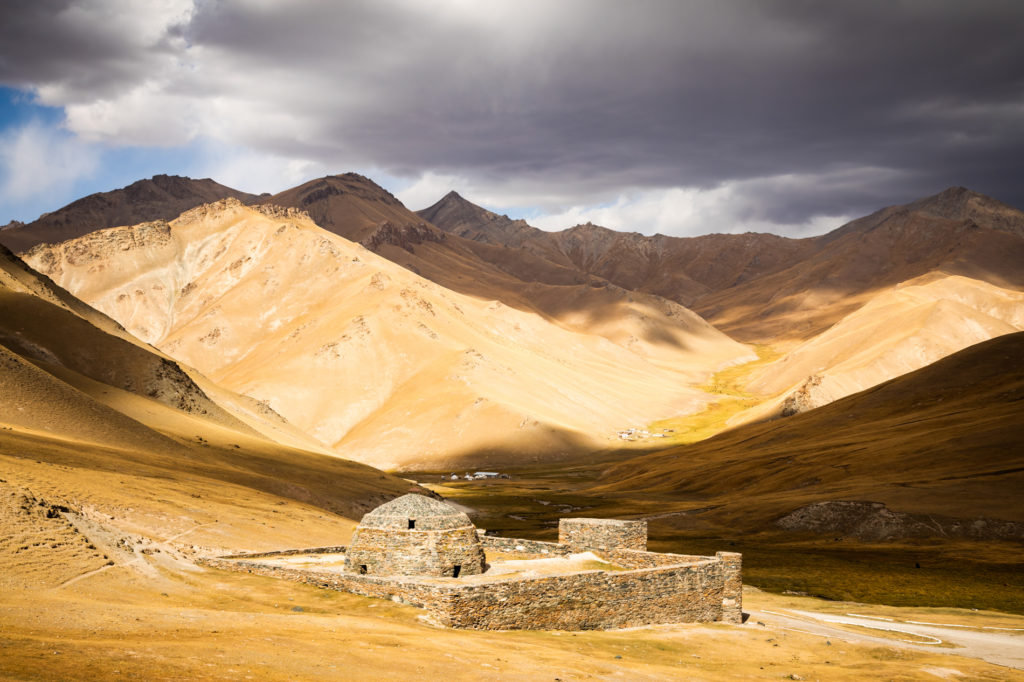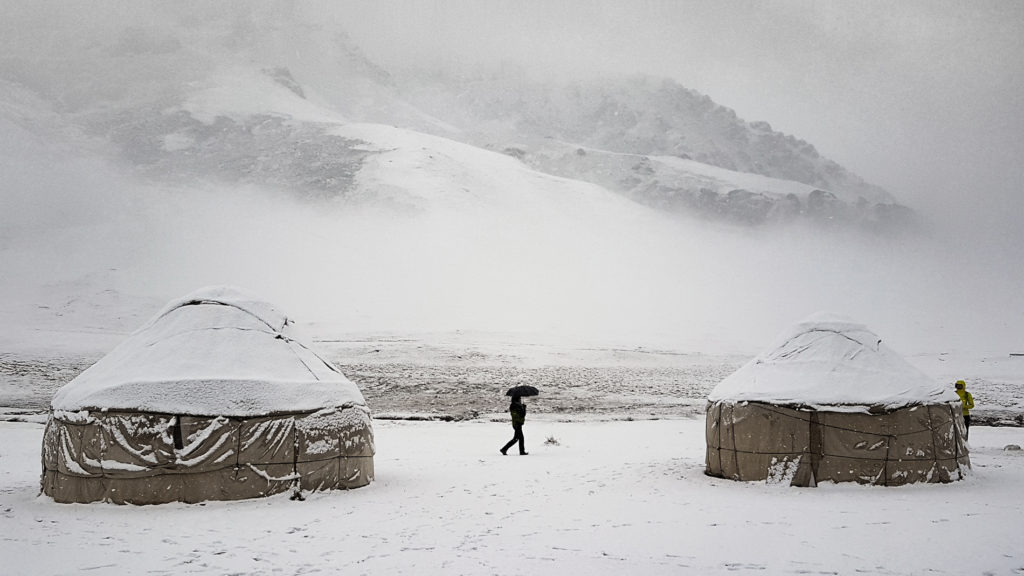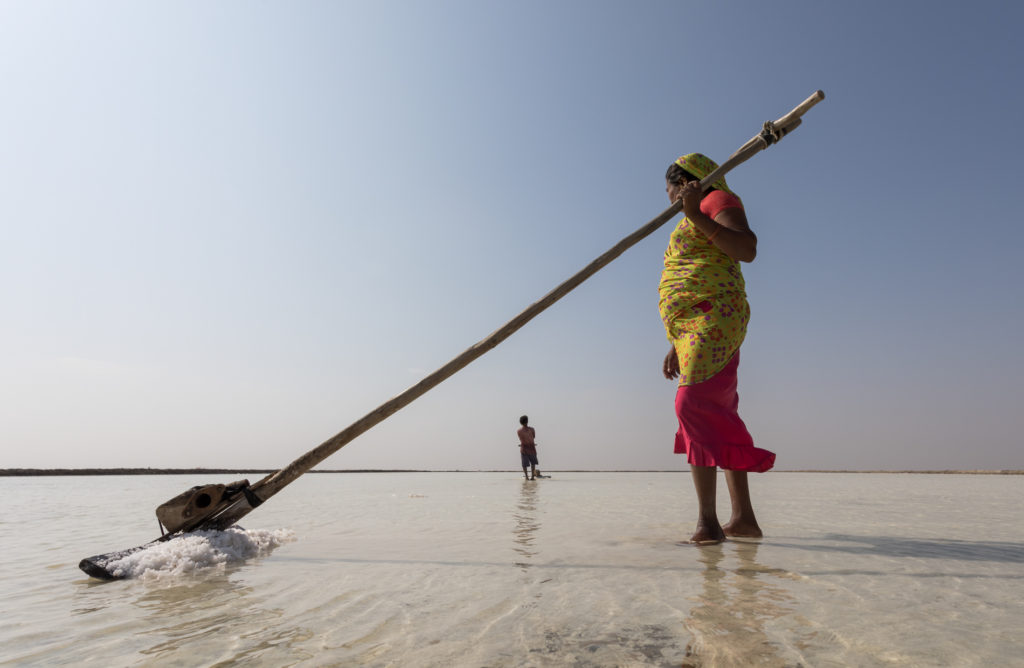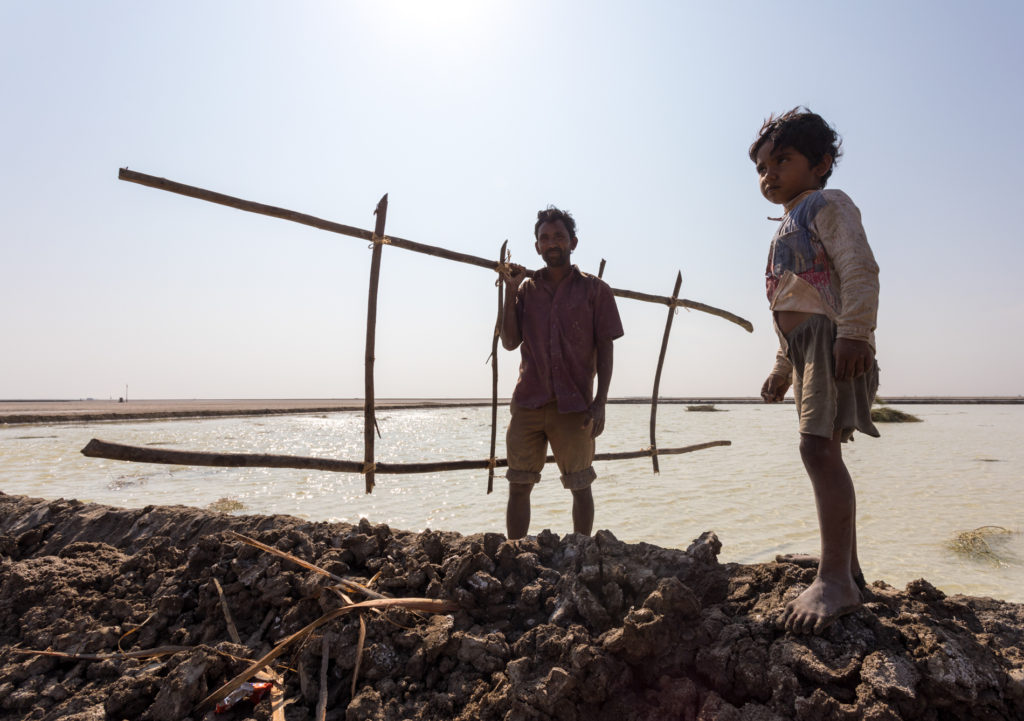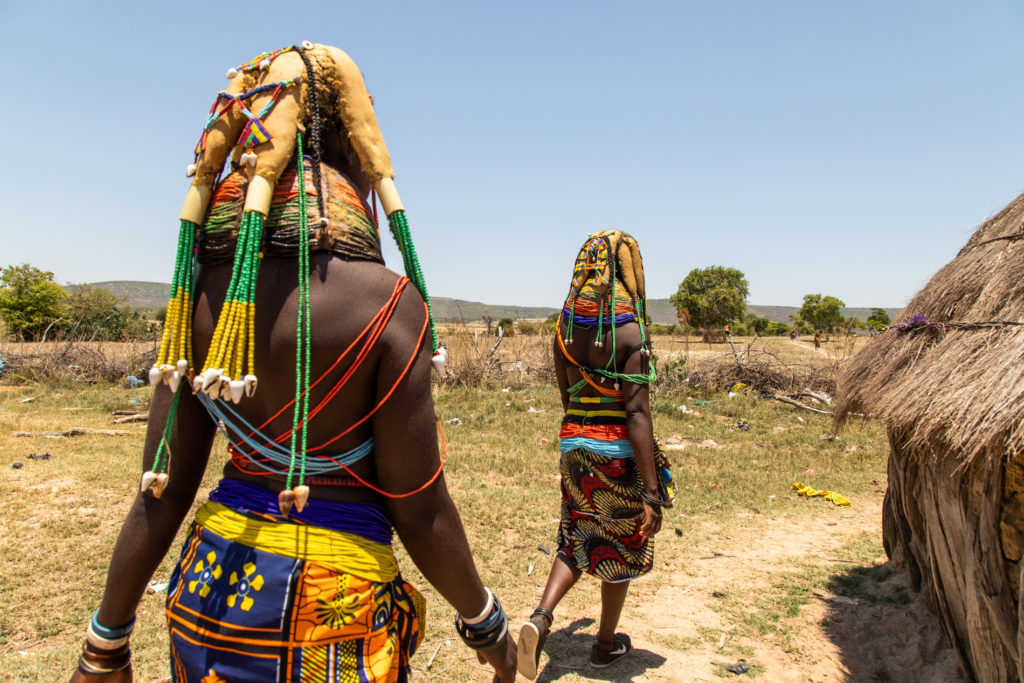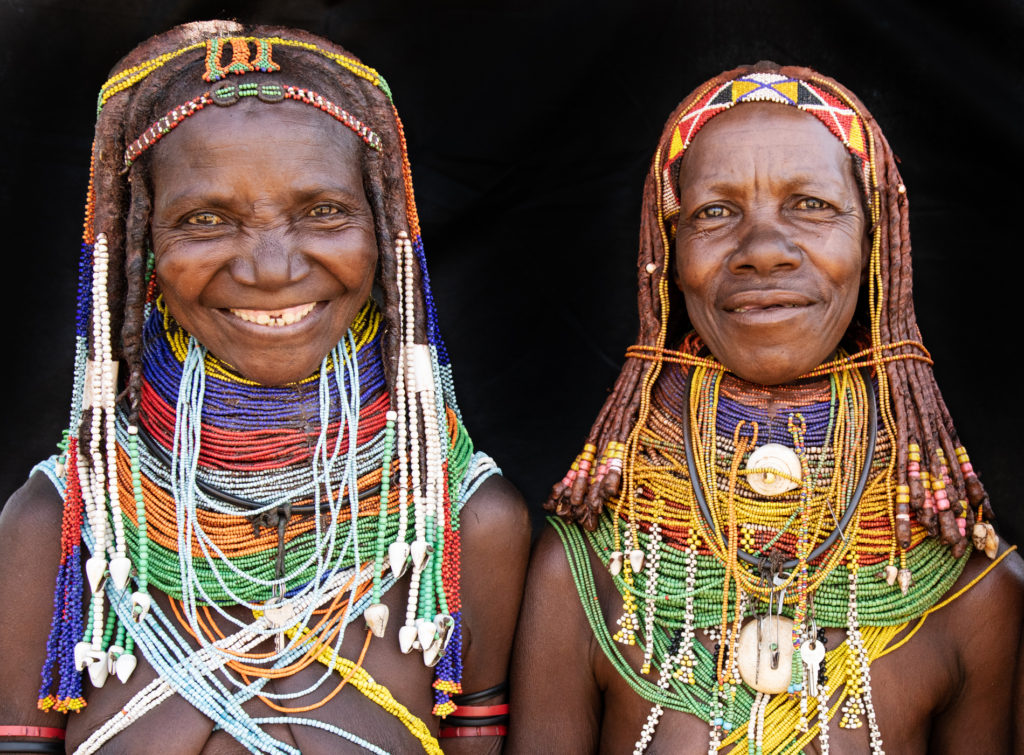Bharat Patel’s interest in photography goes back to his teenage years. Over the last two decades it has become a passion, embracing many photography genres, and has now progressed to a way to recount contemporary social issues – a long-term project in “photography for a purpose”.
“I use photography to document issues that are close to my heart,” says Bharat, “I have an ancestral home in Gujarat, India, and have been going there regularly for the past 10 years.” There, he shoots imagery of diverse cultures and social issues, such as women workers, nomadic tribes and salt workers.
Below are some his favourite shots and stories:
Rural Gujarat
I love walking around rural places wherever I go, looking for photo opportunities. This one was taken in a small village in Gujarat, India while on an early morning walk. I had spotted a couple of cats still napping in the remnants of warmth from the fire that was used for cooking. I had already taken a couple of shots when this lady appeared at the door holding a baby.
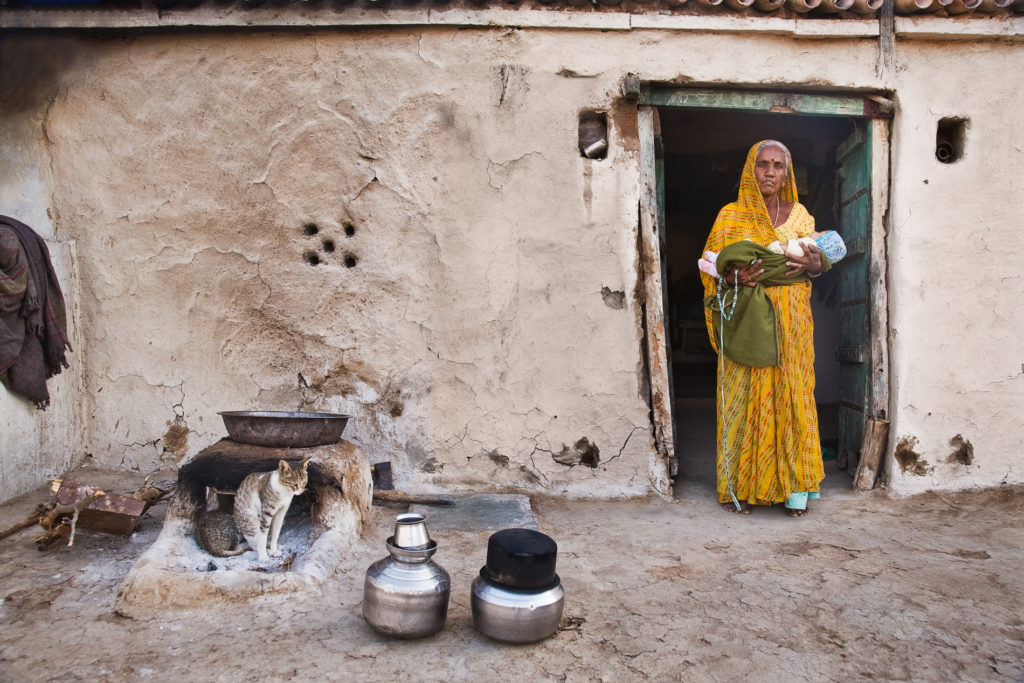
I asked her if I could take a picture and she nodded and smiled in agreement. I stepped back, recomposed and took this image. I like it as a travel shot and one that gives a sense of place.
Another day, another walk; the lady of this house asked me where I was from and then invited me for morning tea. While she was making it, this cow appeared at the door to ask for the daily left overs.
Stray cows do tend to pay regular visits to animal-loving houses in India. Fortunately, I had my camera in my hand. I took this sequence of two shots to add to my stories.
The Mir woman
I have been photographing nomadic tribes of India for many years and have a large collection of photographs. The one that stands out for me is this one of a Mir woman with all her jewellery.


Intrigued by her colorful sari, I was photographing her as she swept the area in front of her hut when some of her colleagues gathered behind me asking me to take her portrait.
Shy at first, she later agreed and stood inside her hut with the veil on, not wanting to take it off.
That was until her friends assured her that he was not around!
‘He who?’ I asked. Tradition has it that Mir women have to have their veil on when in front of elders, especially the father-in-law.
Fortunately, he was not around so she slowly took off her veil. I was so astounded with what I saw that I almost fell backwards but managed to take this photo that has since become one of my favorites.
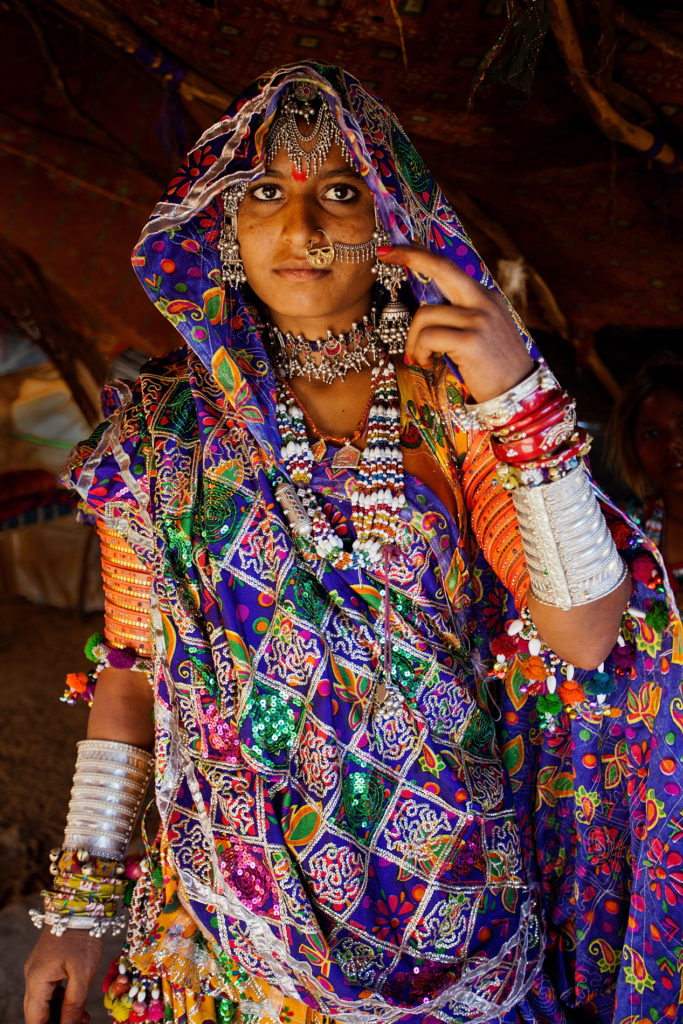
Silk Route in Kyrgyzstan
Since a very young age I was fascinated by stories of the Silk Route which stretched from China to parts of Europe. It is too long a route to complete in one go, so I decided to visit just two of the countries it passes through – mountains of Kyrgyzstan and the desert plains of Uzbekistan.
Of the many images I took, including the famous horses of Kyrgyzstan, the ones that stand out are those from the few days I spent in the yurts near a caravanserai at an altitude of almost 3000 meters.
It was a beautiful crisp day when I had arrived. Nestled in the valley at Tash Rabat was a well-preserved caravanserai which would have served as overnight stop where ancient traders would have rested, met up other merchants and exchanged goods.
When I took this image of the caravanserai, the sun was just going over the mountain behind me and clouds gave striking bands of shadows across the landscape. Next morning however, I walked out of the yurt to find everything was covered in a blanket of snow! A token experience of life in Kyrgyz mountains.
Salt workers of Gujarat
I have visited Little Rann of Kutch, a desert region of Gujarat, on several occasions. It is an opportunity for me to meet families who spend eight months every the year in this desert. These are the agarias (salt workers) of Kutch. They have been harvesting salt for many generations.
I have been photographing their way of life for many years. It is part of my photography for a purpose.
Birds of Farne Islands
Photographing birds in flight is always challenging. It requires a lot of practice and of course access to good cameras and lenses.
I sometimes go on wildlife photography trips and on one occasion, on Farne Islands off the coast of Northumberland, we had to walk through an area where Arctic terns were nesting.




Arctic terns are very territorial birds and will do everything to protect their nests; so much so that they started pecking everybody on the head as we walked along a path through their land – I did not dare look up in case they pecked out my eyes!
Instead I held my camera with a wide-angle lens over my head and fired away to get some shots as they came down on me. It is the only time when I have experienced birds attacking me!
I did manage to get puffin in flight too. These diminutive (less than a foot in length) birds can fly at almost 60 mph.
Morning in Bagan, Myanmar
These images were taken while staying in Bagan, Myanmar for a few days photographing the numerous temples and pagodas. To take these morning shots I left the hotel, which was well outside the Old Bagan, at about 4am.
I had hired a moped for the day. I rode in the dark on the dusty path to one of the largest temples from where I had planned to shot the morning glory of Bagan. The day before I had already climbed several temples to look for a good spot.
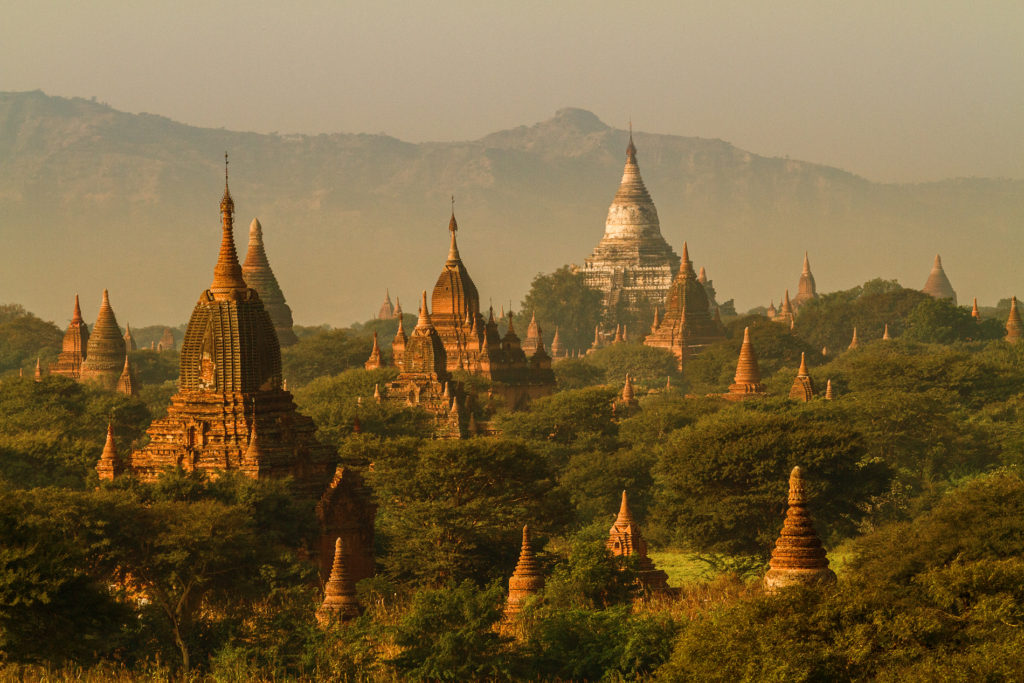
Shooting at dawn is a waiting game. As the sun rose and appeared over the low ground, there was a beautiful phase when the whole area was lit up in orange – just what I was waiting for.
Then the balloons started drifting across the land; this was of added interest for the composition of a travel photograph. I took many shots during the two hours I spent on the temple.
Muila women of Angola
I am always up for adventure in a rugged land visiting the indigenous people. One of my favorite places to see tribes turned out to be southern Angola. Travelling through this part of Angola, one comes across many different tribes and customs.
Of them all, the Muila women with layers of elaborate beading around their neck and shoulders fascinated me. This beading becomes a permanent “structure” on their body, never to be taken off. Of the many portraits I took, these are my favourite.
Their hair is styled using a mixture of oil, crushed tree bark, butter, dried cow dung and herbs. Hair and the thick mixture is then tied in dreadlocks which are then dyed using oncula, a type of crushed rock.
More information
You can follow Bharat Patel on Instagram at or visit his website to stay tuned on his latest exhibitions and books.
